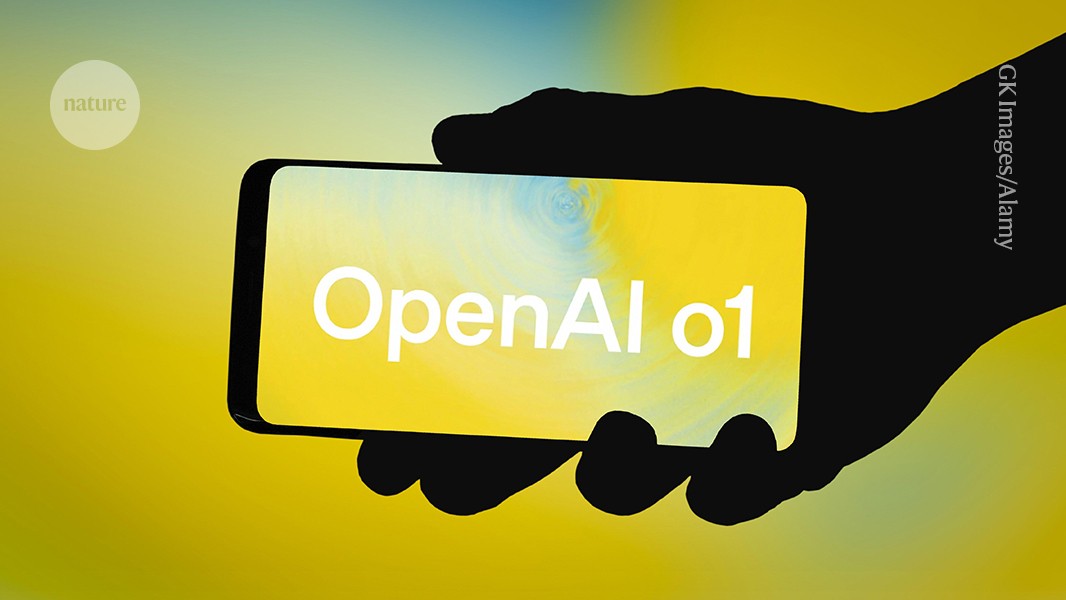- cross-posted to:
- singularity@lemmit.online
- cross-posted to:
- singularity@lemmit.online
I know people here are very skeptical of AI in general, and there is definitely a lot of hype, but I think the progress in the last decade has been incredible.
Here are some quotes
“In my field of quantum physics, it gives significantly more detailed and coherent responses” than did the company’s last model, GPT-4o, says Mario Krenn, leader of the Artificial Scientist Lab at the Max Planck Institute for the Science of Light in Erlangen, Germany.
Strikingly, o1 has become the first large language model to beat PhD-level scholars on the hardest series of questions — the ‘diamond’ set — in a test called the Graduate-Level Google-Proof Q&A Benchmark (GPQA)1. OpenAI says that its scholars scored just under 70% on GPQA Diamond, and o1 scored 78% overall, with a particularly high score of 93% in physics
OpenAI also tested o1 on a qualifying exam for the International Mathematics Olympiad. Its previous best model, GPT-4o, correctly solved only 13% of the problems, whereas o1 scored 83%.
Kyle Kabasares, a data scientist at the Bay Area Environmental Research Institute in Moffett Field, California, used o1 to replicate some coding from his PhD project that calculated the mass of black holes. “I was just in awe,” he says, noting that it took o1 about an hour to accomplish what took him many months.
Catherine Brownstein, a geneticist at Boston Children’s Hospital in Massachusetts, says the hospital is currently testing several AI systems, including o1-preview, for applications such as connecting the dots between patient characteristics and genes for rare diseases. She says o1 “is more accurate and gives options I didn’t think were possible from a chatbot”.



Crypto is still worse on electricity usage - I haven’t seen actual stats for AI-only electricity usage but crypto uses 0.4 percent of the global electricity supply compared to ~1.5 percent usage from all data centres. I don’t think AI comprises a full third of total usage. The AI hype crowd have projections that it will increase significantly which would require much better “AI” and actual use cases to see the sort of growth to make it a substantial issue.
Evaporative losses are vastly worse for agricultural with open irrigation. 22 million liters of water seems like a lot, but it’s only 0.022 gigalitres. Google used a total of ~25 gigalitres across all their data centres, while Arizona uses about 8,000 gigalitres a year.
For the Dalles example, Google used ~1.3 gigalitres in a town with a population of 15-25,000 thousand people, so 25 percent for a massive data centre is not unreasonable.
As you note, it’s junk so a waste of resources, but unless they manage to double the industry year on year, (doubt) it won’t be a huge issue.